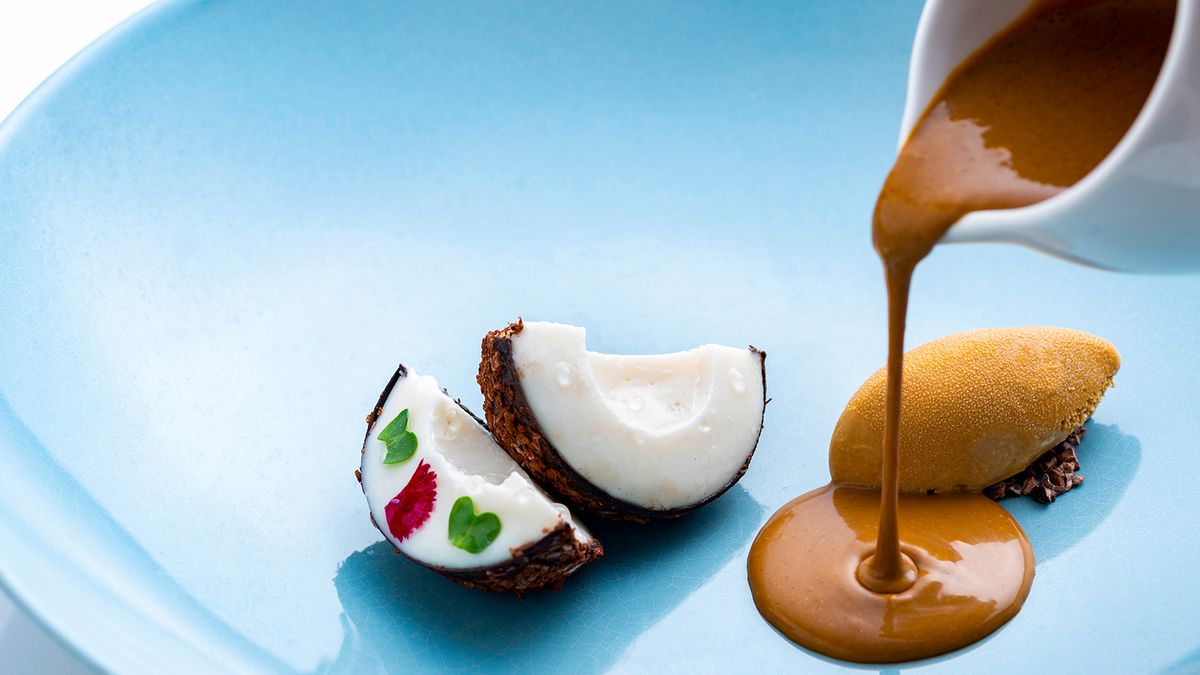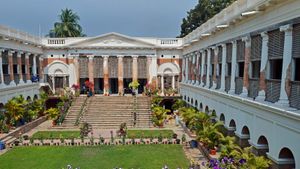With numerous cuisines from the southern states of India appearing on restaurant menus and pop-ups across the country, and restaurants dedicated to particular cuisines from the south, the common perception that South Indian food is limited to dosa and idli is now successfully vanishing. Several stand-alone restaurants serving coastal cuisines and other traditional food from the south have appeared in Kolkata over the past five years. Modern Indian cuisine is becoming popular and attractively presented Indian food with regional flavours is making its way into the Michelin Guide. But who could have predicted that a progressive South Indian cuisine restaurant would sweep Kolkata?
Bringing South India to Kolkata
Avartana, the flagship progressive South Indian cuisine restaurant, is now in ITC Royal Bengal Kolkata. The award winning restaurant from ITC Hotels opened the first outpost in Kolkata with the promise to offer a gastronomical journey which will have a modernist approach to authentic Indian cuisine. It offers a postmodern rendition of traditional Indian food in the shape of a mystical yet alternate representation of cuisine from many southern states.
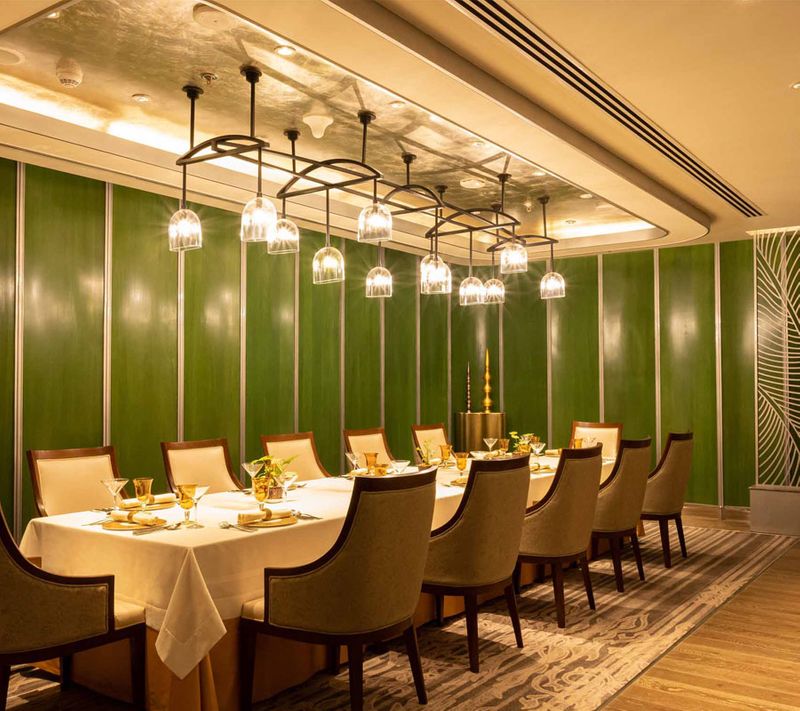
The banana leaf and various parts of the banana plant inspire the decor, which immediately takes the diner to the southern Peninsula’s opulent shoreline. Just like the food, the interior combines elements that are aesthetically symbolic of each of the southern states. The lush carpet's pattern, which is reminiscent of soft ocean waves, works well with the wall art on the gleaming partitions, to create an inviting southern atmosphere.
The unique experience goes beyond the ambience to include the dishes and cutlery too. Copperware, ornate stainless cutlery and contemporary glassware are complemented with rustic stoneware in earthy tones.
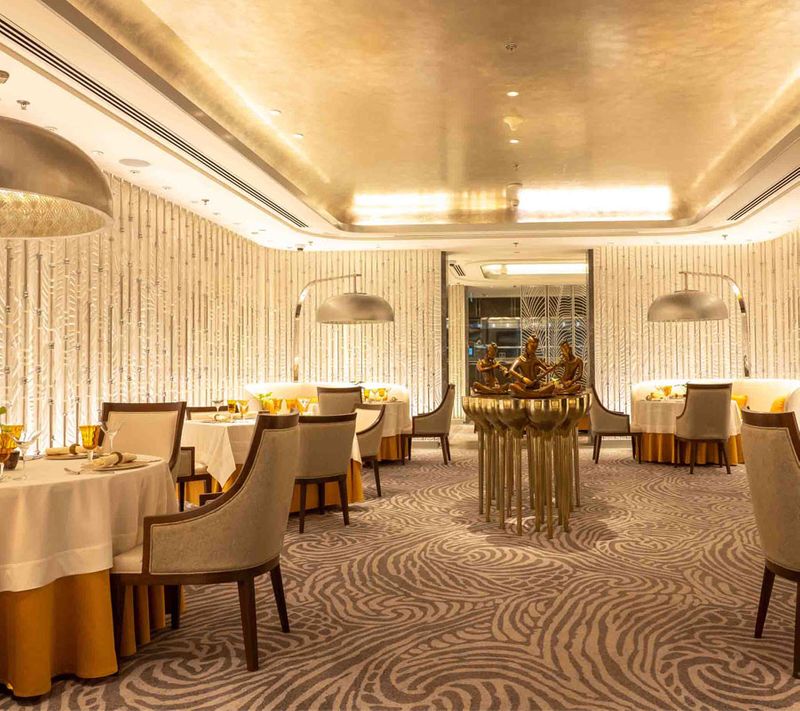
The recipes are not limited to any one region, location or cuisine, but combine a few mainstays — think a French-pressed rasam served in a martini glass and miniature Malabar parottas — with well-known hallmark flavours of southern gastronomy to produce a dish that tastes distinctively South Indian. The combination of science and modern techniques in cooking serves as the ideal elevator to raise the dining experience to new heights.
Decoding the menu
There are five different set meal options available — Maya (7 courses), Bela (9 courses), Jiia (11 courses), Anika (13 courses) and Tara (13 courses). Each one of them offers a wide variety of visually stunning vegetarian and non-vegetarian options that are equally tasty.
Hot stir-fried chicken with buttermilk mousse, dried curry leaf tempura, and cauliflower crisp with pomegranate and mint serve as the meal's excellent starters and establish the tone for the remainder of the meal. The thirteen-course journey features well-balanced vegetarian and non-vegetarian foods, and each one is deserving of praise.
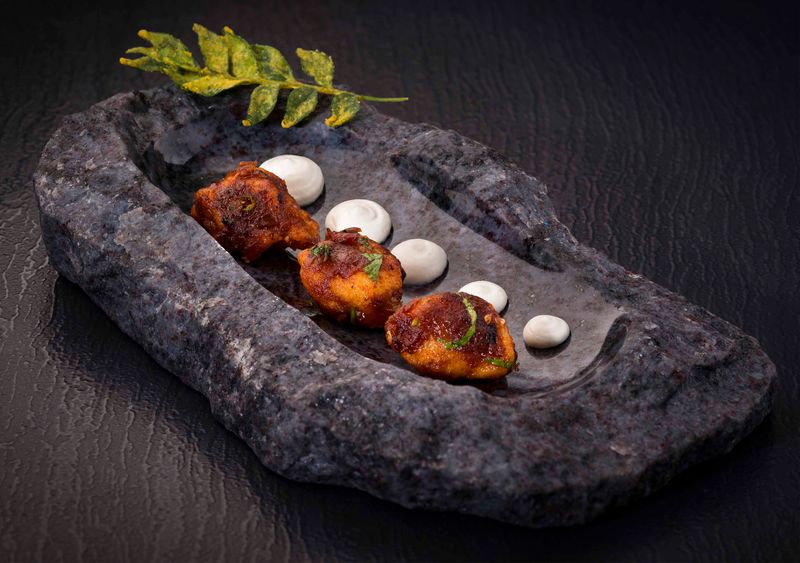
One of them is unquestionably the Uthukuli chicken served with butter toffee and small Malabar parottas. The surprise bundle of Uthukuli butter wrapped in a beetroot sheet and small, soft yet crunchy Malabar parottas is served along with the soft melting chicken. It is necessary to cut the butter toffee open so that the chicken can be combined with the white and creamy butter.
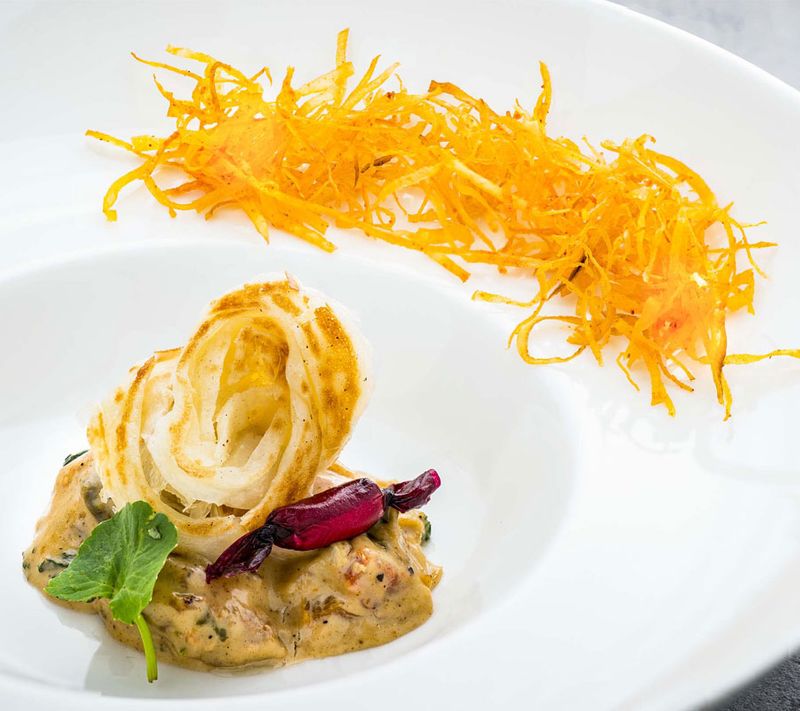
The 48-hour char-grilled sticky sweet pork belly served with tapioca and fermented Ooty chilli paste gives it the right amount of heat. The little chayote rolls that are placed beside provide the crunch with grated coconut inside. The three components bring the singular experience to a close.
A celebration of local ingredients
The focus on local ingredients is evident in all the courses. Byadagi chilli is used in the spiced aubergine dish, tapioca in the pork belly, Tellicherry pepper for the lamb rice parcelled in a banana leaf along with okra raita, Narthangai lemon leaves for the leaf sorbet and many more. The distinctive drinks and mocktails are also inspired by local spices and traditional food. For instance, the Madras mule takes inspiration from filter kaapi, a popular drink from the region or a mocktail called the pickle jar (served in the same) is seriously tangy and refreshing, flavoured with raw mango and coriander.
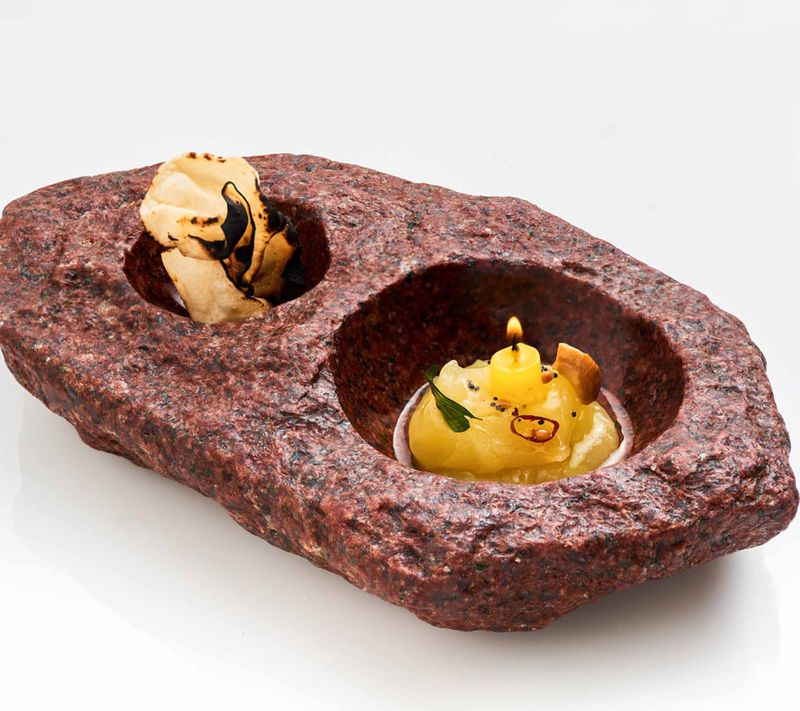
As you get closer to finishing the last of the main courses, you still have a hankering for the dessert that seems so elusive. There are two outstanding desserts, the highlights being a raw mango pudding presented in an unusually shaped stoneware dish with a ghee candle and a lit lotus wick. Crush a roasted papadam on the ghee candle as it gently melts then savour the sweet, tangy pudding as it dissolves on your tongue. The balanced taste, texture and flavour of the citrus coconut are another level of technique. Citrus mousse served with a quenelle of coffee ice cream under a half-chocolate coconut-shaped dome is art on a plate. Its memorable flavour was the best way to end a splendid experience.


